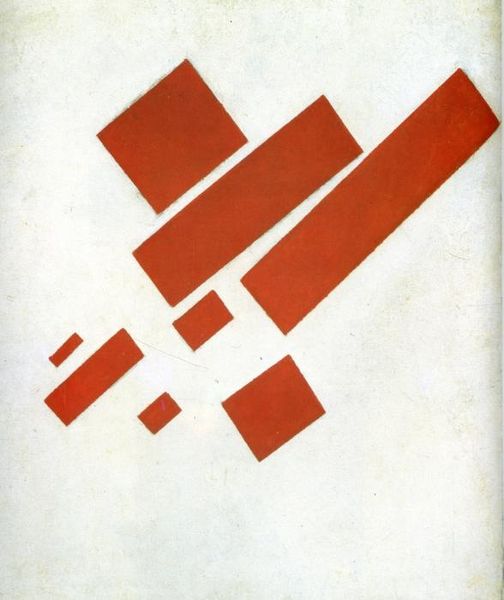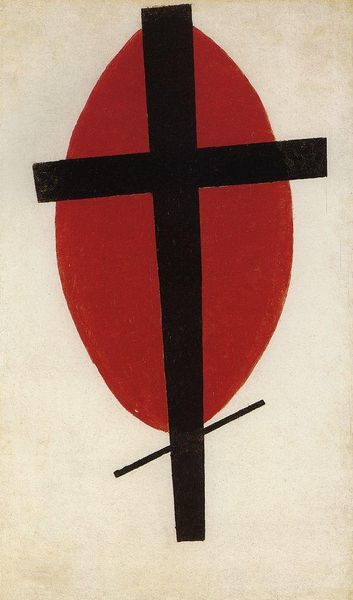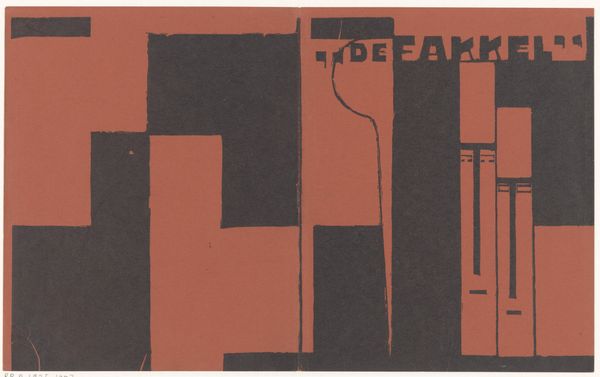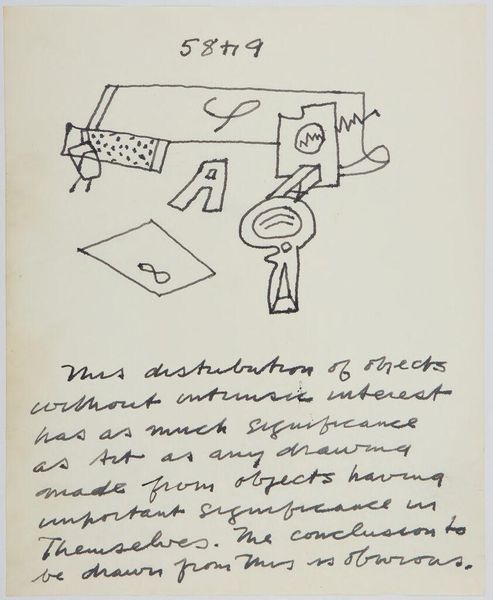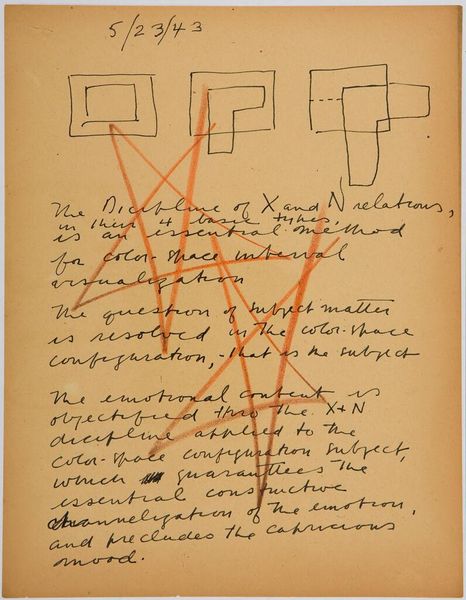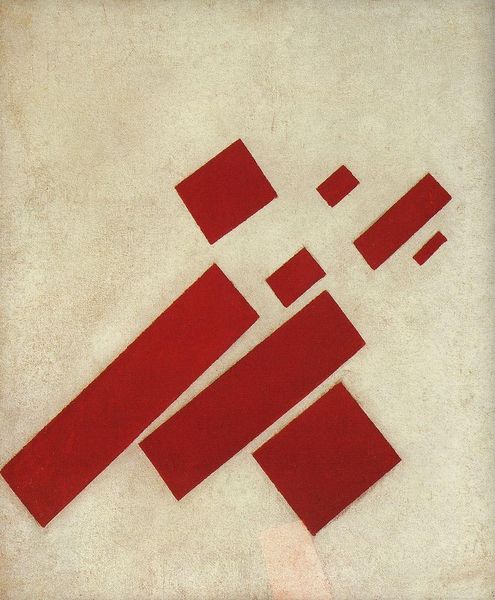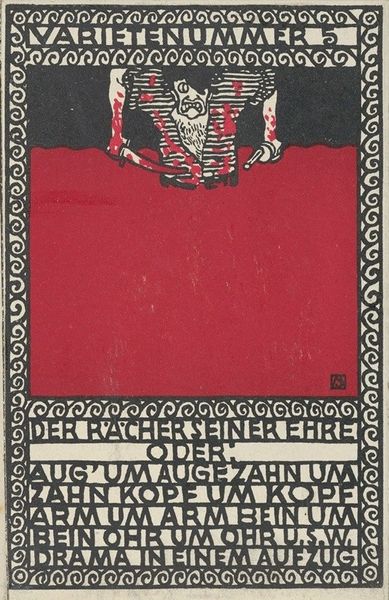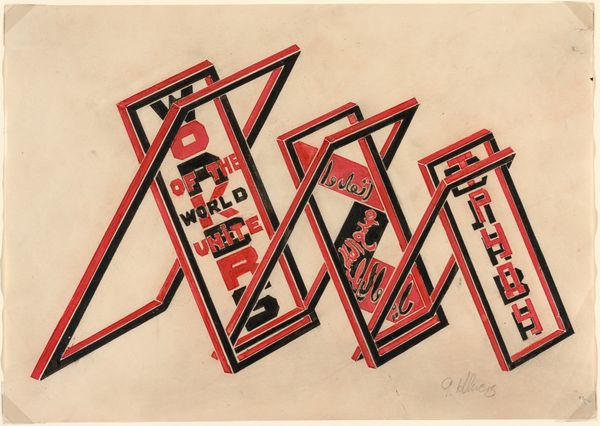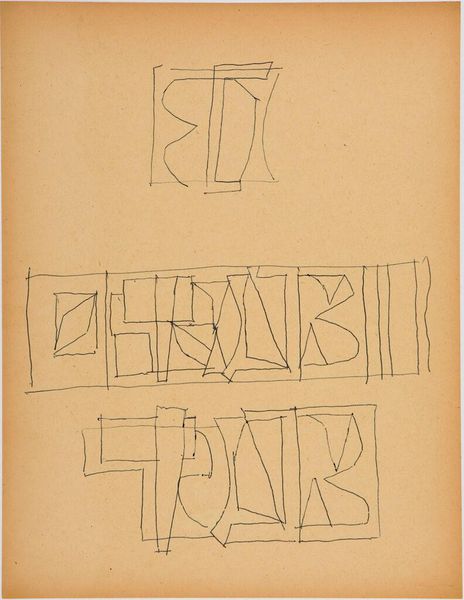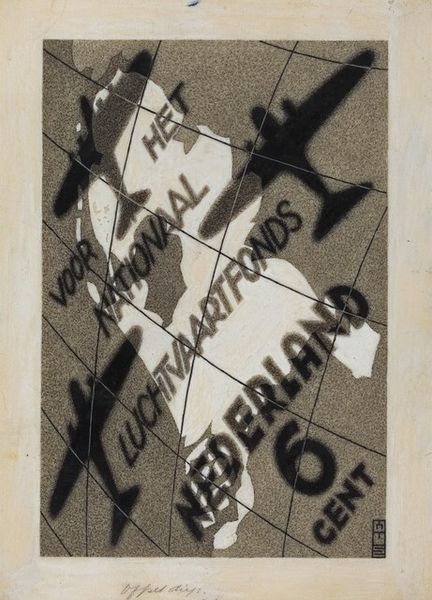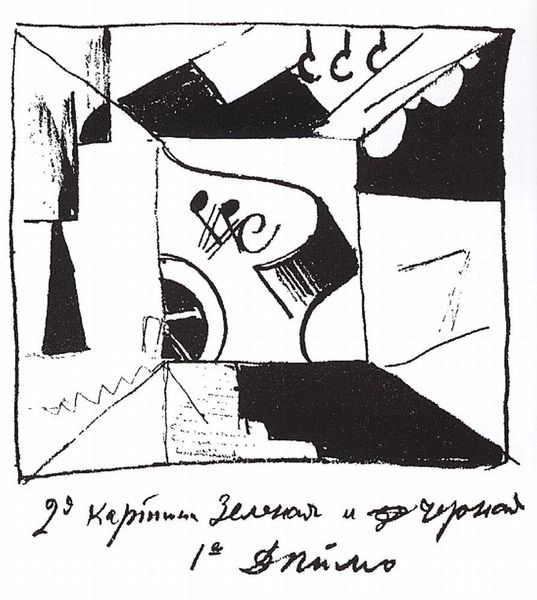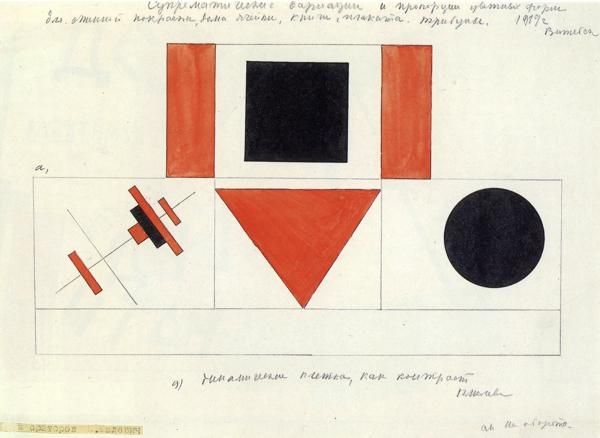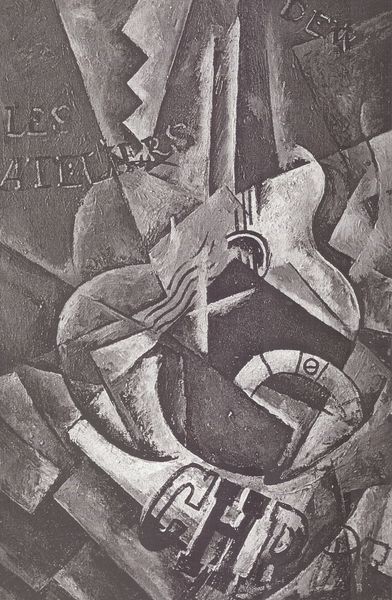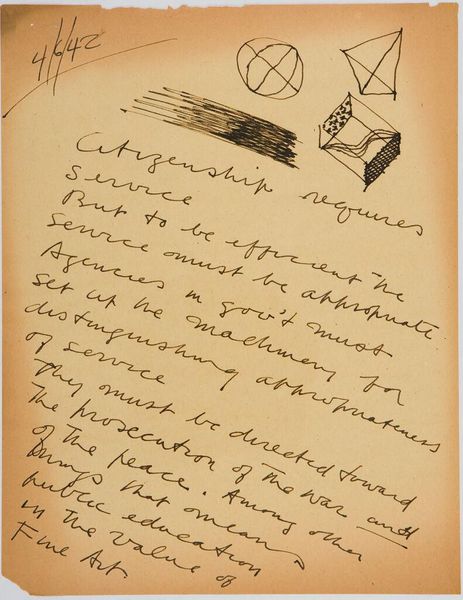
graphic-art, typography, poster
#
graphic-art
#
cubism
#
constructivism
#
typography
#
geometric
#
abstraction
#
line
#
russian-avant-garde
#
poster
#
modernism
Copyright: Public domain
Editor: Here we have Kazimir Malevich’s “Cover materials of folder of the Congress Committees of Poor Peasants," from 1918. The geometric shapes and bold typography give it such a powerful, graphic feel. What's your take on this artwork? Curator: Well, the power of this piece really stems from its historical moment. This isn't just abstract art; it's a visual declaration of a new social order. How do you think Malevich uses geometric forms and typography to convey a specific message? Editor: I guess the shapes feel very modern and strong, and the typography… almost like propaganda? Curator: Precisely. Consider the Russian Revolution and the role of art as a tool for social change. Malevich, deeply embedded in this revolutionary fervor, sought to create a visual language for the proletariat. The red and black color palette, the stark geometry – these are all visual cues that align with the revolutionary spirit, right? Editor: Yes, now I see it! Like he's trying to create a whole new visual language for a new society. Curator: Exactly! And it's also important to understand the role of avant-garde movements like Constructivism. The focus was on dismantling traditional artistic values, embracing abstraction, and serving the needs of the revolution through accessible imagery. So, in a way, Malevich isn't just creating art; he is actively participating in the revolution. Editor: It makes so much more sense knowing the historical background. It is interesting how much the historical context changes the way one experiences the art. Thanks so much for your input. Curator: My pleasure! Remembering that art doesn't exist in a vacuum – that its meaning is always connected to broader social, political, and ideological currents – can unlock new depths within it.
Comments
No comments
Be the first to comment and join the conversation on the ultimate creative platform.
